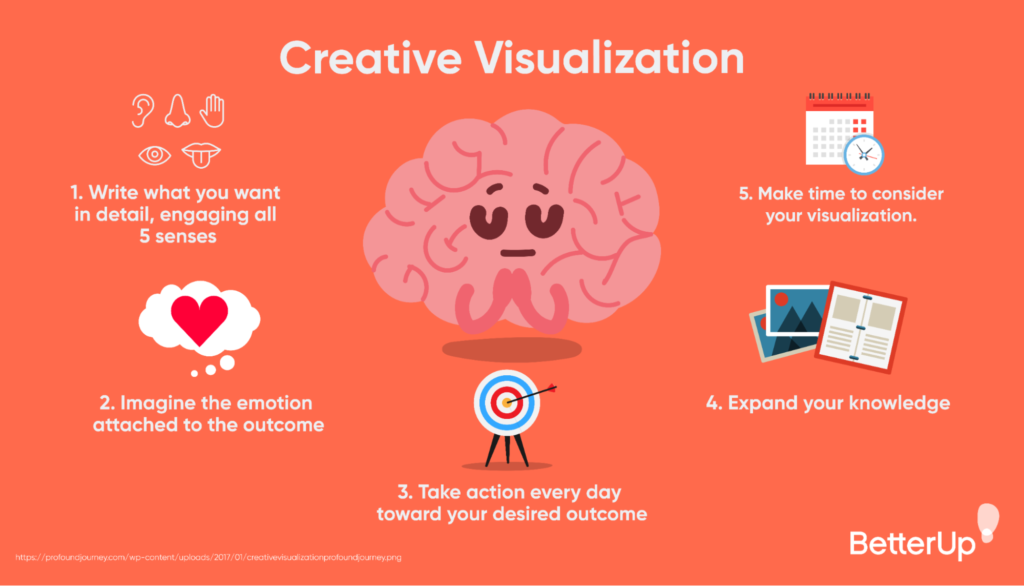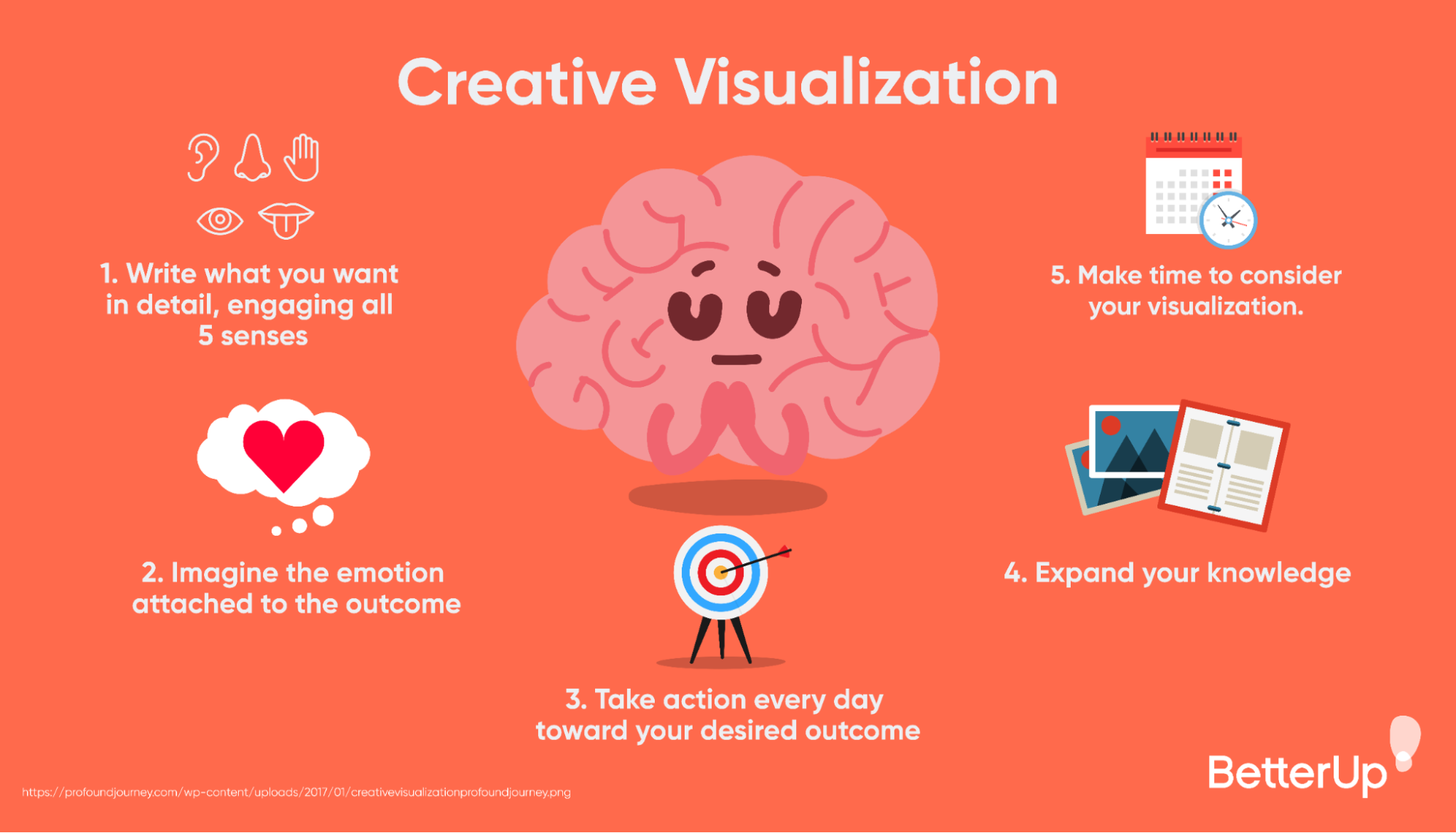Have you ever wondered how visualization can help improve your riding skills? Whether you’re a beginner or an experienced rider, visualization can play a crucial role in developing your abilities on horseback. In this article, we’ll dive into the fascinating world of visualization and explore how it can positively impact your riding. So saddle up and get ready to learn more about this powerful technique!
Visualization is the practice of creating vivid mental images or scenarios in your mind. When it comes to horseback riding, this means mentally rehearsing your rides and maneuvers before actually getting on the horse. By envisioning yourself performing the perfect trot or seamlessly executing a jump, you’re reinforcing the neural pathways in your brain that are responsible for muscle memory and coordination. It’s like giving yourself a mental practice run before physically attempting the maneuver. In the upcoming article, we’ll delve deeper into the benefits of visualization, how to effectively incorporate it into your riding routine, and real-life success stories from riders who swear by this technique. Stay tuned for more exciting insights on how visualization can take your riding skills to new heights!

The Role of Visualization in Developing Riding Skills
In the world of horseback riding, developing the necessary skills to become a proficient rider requires both physical training and mental preparation. While many riders focus solely on physical techniques and exercises, the power of visualization cannot be overlooked. By harnessing the ability to mentally picture and simulate riding scenarios, riders can improve their focus, concentration, muscle memory, and overall riding abilities.
Understanding the Power of Visualization
Visualization, also known as mental imagery or mental rehearsal, involves creating detailed mental pictures or videos of specific actions or scenarios. It is a technique used in various sports, including horseback riding, to enhance performance and improve skills.
When you engage in visualization, you create a mental blueprint of what you want to achieve. By picturing yourself successfully completing a jump, executing a precise dressage movement, or riding with grace and ease, you are programming your mind to direct your body to perform in the same manner. Visualization can be practiced during training sessions, before competitions, or even during downtime.
How Visualization Affects Riding Skills
Visualization has a profound impact on riding skills in several ways:
Improving Focus and Concentration
One of the primary benefits of visualization is that it helps improve focus and concentration. By consistently mentally rehearsing different riding scenarios, you train your mind to stay focused on the task at hand. This heightened focus can translate into improved clarity and decision-making while riding, allowing you to react quickly and effectively to various situations.
Enhancing Muscle Memory through Visualization
Muscle memory plays a vital role in riding skills. When you repeatedly perform specific movements and exercises, your muscles start to remember and reproduce those actions more efficiently. Visualization can greatly enhance muscle memory by “practicing” these movements in your mind.
Studies have shown that mental practice alone can stimulate the same neural pathways as physical practice, resulting in improved muscle memory. By visualizing correct riding techniques and movements, you reinforce the neural connections required to execute them, ultimately aiding in the development of your riding skills.
Visualizing Correct Riding Techniques
Visualization is a powerful tool for visual learners, allowing them to see and grasp correct riding techniques more effectively. By mentally rehearsing correct body position, posture, and aid application, riders can reinforce the correct muscle memory associated with these movements.
Visualizing correct riding techniques also helps riders identify and correct any imbalances or flaws in their form. By mentally observing themselves from an outside perspective, riders can make necessary adjustments and fine-tune their riding skills.
Using Visualization for Overcoming Riding Challenges
Riding is not without its challenges. Whether it’s fear, anxiety, or lack of confidence, these factors can hinder progress in learning and improving riding skills. Visualization can help riders overcome these challenges by mentally rehearsing successful outcomes.
By creating mental imagery of successfully overcoming obstacles, riders can build confidence and diminish fear and anxiety. By visualizing themselves confidently handling difficult situations or clearing challenging jumps, riders can rewire their brain to view these scenarios as achievable and within their capabilities.
Visualizing Successful Competitions
Competitions can be nerve-wracking, especially for riders who are new to the show ring. Visualization can be a valuable tool in preparing for competitions and improving performance under pressure.
By visualizing yourself confidently navigating a challenging course, executing precise movements, and receiving positive feedback from judges, you can mentally prepare yourself for the competition environment. Visualization helps riders develop a competitive mindset and create a sense of familiarity with the competition setting, leading to increased confidence and better performance.
Creating Mental Imagery for Different Riding Movements
Visualization allows you to create mental imagery for various riding movements and exercises. Whether it’s cantering through a dressage test, jumping a course, or executing precise lateral movements, you can mentally rehearse these actions to enhance your understanding and execution.
By picturing the stride patterns, the position of your body, and the timing of your aids, you can improve your ability to reproduce these movements accurately. Visualization enables riders to analyze and adjust their techniques mentally, making progress even during times when physical practice may not be possible.
Developing a Visualization Routine
To fully harness the benefits of visualization, it’s essential to develop a consistent routine. Here are some steps to help you get started:
- Find a quiet and comfortable space where you can relax and focus without distractions.
- Close your eyes and take a few deep breaths to calm your mind.
- Visualize yourself in a specific riding scenario, such as riding a dressage test or jumping a course. Be as detailed as possible, including the sights, sounds, and sensations associated with the activity.
- Mentally envision yourself executing the correct techniques and movements precisely.
- Focus on the desired outcome, picturing yourself achieving success, and receiving positive feedback.
- Repeat this visualization routine regularly, ideally before and after physical training sessions.
Incorporating Visualization into Riding Practice
Visualization can be seamlessly integrated into your regular riding practice to enhance your learning and development. Here are some ways you can incorporate visualization:
- Before mounting your horse, take a few minutes to visualize the upcoming ride. Picture the exercises or movements you plan to work on and mentally rehearse the desired outcomes.
- During breaks or downtime in training sessions, close your eyes and mentally review the exercises or movements you just practiced. Visualize yourself performing them with precision and grace.
- When watching others ride, use the opportunity to mentally rehearse the actions you observe. Visualize yourself in their place, executing the same movements flawlessly.
- If you encounter challenges or struggle with a particular movement, take a step back and visualize yourself successfully overcoming the obstacle. Picture the correct form, balance, and aids needed to accomplish the task.
Combining Visualization with Physical Training
While visualization alone can have significant benefits, combining mental rehearsals with physical training can further enhance your riding skills. Here’s how you can incorporate both aspects into your training routine:
- Begin each training session with a visualization exercise. Picture yourself confidently and successfully executing the exercises or movements you plan to work on.
- During your physical practice, mentally reinforce correct techniques and movements through visualization. Focus on the feeling and sensation of executing them correctly.
- After each training session, take a few minutes to reflect on what you learned and mentally review the exercises or movements. Visualize yourself retaining and improving upon the skills you practiced.
Visualization Techniques for Riders
To make the most of your visualization practice, consider incorporating the following techniques:
Utilizing Guided Imagery
Guided imagery involves using pre-recorded or live instructions to guide your visualization practice. You can find guided imagery specifically designed for riders, which can help you stay focused and deepen your visualization experience.
These guided sessions often involve verbal cues that direct your attention to various aspects of riding, such as body position, breathing, and aids. By following along with the instructions, you can enhance the effectiveness and precision of your visualization practice.
The Benefits and Limitations of Visualization in Riding
Visualization offers numerous benefits for riders, including improved focus, concentration, muscle memory, and confidence. It allows riders to mentally rehearse correct techniques, overcome challenges, and prepare for competitions.
However, it’s essential to note that visualization alone cannot replace physical practice. While visualization can enhance learning and development, physical training remains a crucial component of improving riding skills. Visualization should be seen as a complement to, rather than a replacement for, hands-on training.
Conclusion
Incorporating visualization into your riding routine can have a profound impact on your skill development and overall performance. By harnessing the power of mental imagery, you can enhance your focus, improve muscle memory, overcome challenges, and prepare yourself for competitions.
Develop a consistent visualization routine that aligns with your goals and objectives. Combine visualization with physical training to maximize your progress and strive towards becoming a more proficient and confident rider. With dedication and practice, visualization can help you achieve your riding goals and enhance your overall riding experience.
Remember, visualization is a tool that can be utilized not just in riding but in various aspects of your life. Embrace its power and potential, and watch as your riding skills soar to new heights.
